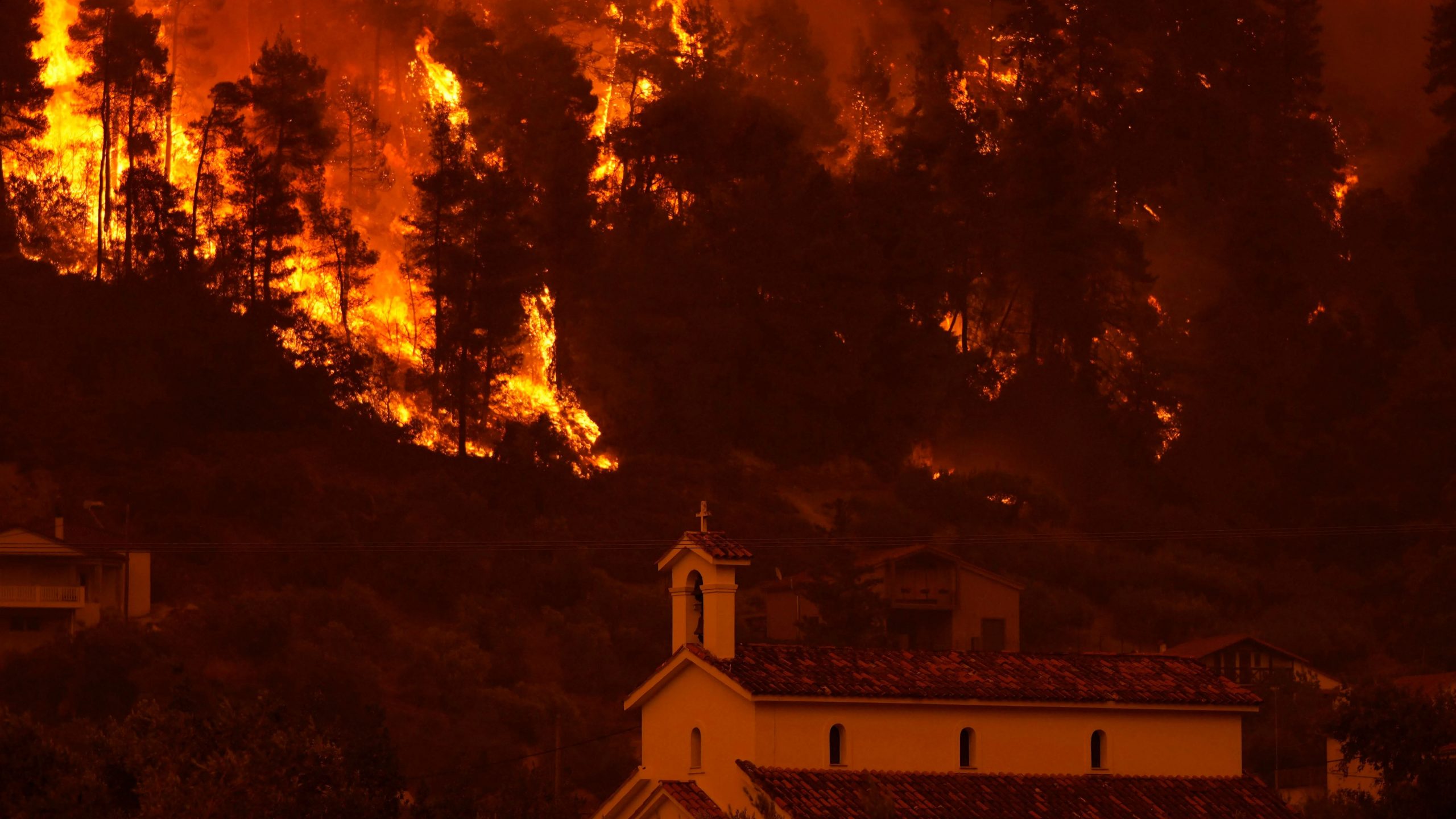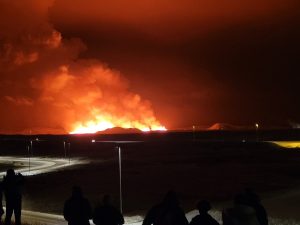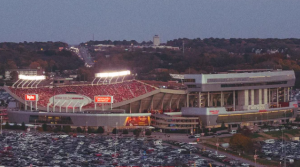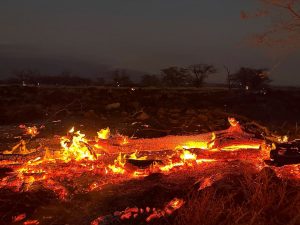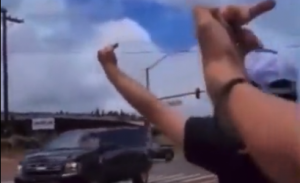The year 2021 has witnessed some of the countries recording their highest temperatures in decades. July, for one, was the world’s hottest month. Experts are of the opinion that this is due to climate change. Currently or in the recent weeks, countries such as France, Greece, Algeria, Italy, Russia and the US witnessed and battled/battling wildfires.
With the wildfires raging, firefighters have been finding it difficult but not impossible to bring the flames under control. The fires have already claimed lives and razed homes while in some cases, the mass is trying to evacuate.
Also Read | 5 deadliest wildfires California has ever witnessed
How do wildfires start?
A fire needs three things – fuel, oxygen and heat. On a hot day, when drought conditions are at their peak, something as small as a spark can ignite a raging wildfire. However, sometimes fires occur naturally, prompted by sun heat, or a lightning strike.
But in hindsight, most wildfires are caused due to arson, campfires, discarding lit cigarettes, not burning debris properly among others.
How do they spread so quickly?
Once ignited, it can spread due to the wind, slope or fuel.
“Where a slope is going upwards at a 10% gradient that would double the speed of the fire, if it’s 20% it would quadruple the speed of the fire,” Rob Gazzard, technical advisor to the Forestry Commission was quoted as saying by the BBC.
“That’s because it’s pre-heating the fuel above it. So if a fire is going up a mountain it will go very fast,” he added.
As for fuel, it includes everything from trees, underbrush and dry grassy fields to homes. The more fuel, the more wild the fire will be.
What is the weather’s role in it?
Low rainfall can cause drought, high temperatures and wind. Perfect troika for a raging wildfire. The sticks, trees and underbrush can get very hot from the sun. The hotter it gets, the more easily the fuels can ignite, this happens when temperatures are soaring high.
How to break the spread?
Fire experts use wildfire prediction tools that look at the wind speeds, slopes, the fire’s direction among others.
“You go hours or days ahead of the fire and remove anything that can fuel it using bulldozers, tree harvesters, hand tools,” says an expert.
“You then create a fuel break [basically a big trench] around the whole of the fire. Then you can win and suppress it really effectively,” he added.

